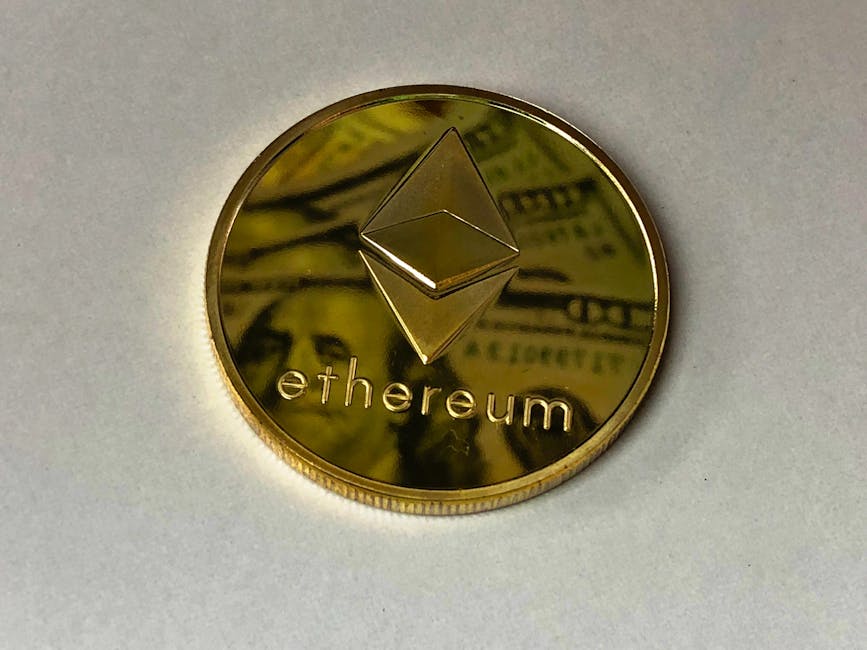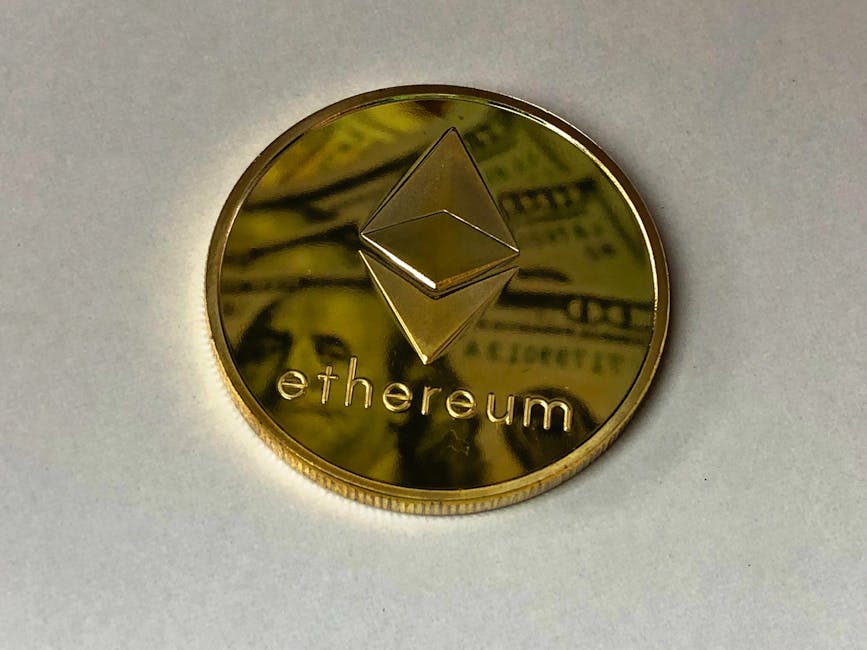Ethereum stands out in the cryptocurrency world due to its unique infrastructure and versatility. As we explore its ecosystem, we'll uncover how it goes beyond being just a digital currency to becoming a foundational technology that powers various industries. This exploration will look at Ethereum's market potential, the risks of investment, strategic approaches for investors, and what future developments may hold for this platform.
Understanding Ethereum
Ethereum distinguishes itself from other cryptocurrencies through its unique infrastructure and versatility. Unlike Bitcoin, which was primarily created as a digital currency or "digital gold," Ethereum serves as a platform for decentralized applications (dApps) and smart contracts. This essentially turns Ethereum into a "world computer" that allows developers to build and deploy their own applications without any centralized control.
The flexibility of Ethereum's platform has led to its adoption not just as a cryptocurrency but as a foundational technology across various industries. Its native currency, Ether (ETH), is used to power transactions and operations within this expansive network.
Ethereum's transition from Proof of Work (PoW) to Proof of Stake (PoS) through an upgrade known as "The Merge" highlights its commitment to innovation and sustainability. This shift not only reduces the environmental impact of the blockchain but also seeks to improve its scalability and security.1 By enabling a wide range of applications, from finance to gaming and beyond, Ethereum has distinguished itself as more than just a cryptocurrency—it's a robust ecosystem that supports a new way of creating and executing digital agreements.

Evaluating Ethereum’s Market Potential
In the cryptocurrency market, Ethereum's potential distinctly stands out, often placing it second only to Bitcoin. But unlike Bitcoin, whose appeal largely hinges on its stature as "digital gold" and a store of value, Ethereum operates on a multifaceted platform that stretches far beyond just being a cryptocurrency. Its ability to support decentralized applications (dApps) and execute smart contracts positions it not just as a digital currency, but as a foundational technology for a wide range of industries. This unique blend of features sets Ethereum apart from other cryptocurrencies, many of which lack such extensive applicability across sectors.
Ethereum's broad utility has led to its increased presence in the market, attracting investors, developers, and corporations alike, keen to leverage its technology for diverse applications, from finance and real estate to entertainment. Ethereum's proactive approach to addressing scalability, security, and environmental concerns—highlighted by its transition to a Proof of Stake (PoS) model through "The Merge"—adds to its attractiveness and solidifies its position as a forward-thinking leader among digital currencies.2 These strategic advancements support Ethereum's potential not just to maintain its current prominence but to expand its influence in the crypto sphere, setting it apart in terms of growth and innovation potential.

Risks of Ethereum Investment
Investing in Ethereum, like any cryptocurrency venture, does come with its own set of risks that potential investors must be mindful of. One of the primary concerns is the market's volatility. While Ethereum's platform has shown fantastic innovation and potential for growth, its price can still suffer from sudden and significant swings. These fluctuations are attributed to a variety of factors, including:
- Regulatory news
- Market sentiment
- Technological advancements
These factors present a substantial risk for investors aiming for stability or immediate returns. The unpredictable nature of cryptocurrency prices means that investments can dramatically increase in value just as quickly as they can plummet.
Another significant risk associated with investing in Ethereum is its evolving technology. Although Ethereum's transition from Proof of Work (PoW) to Proof of Stake (PoS) through "The Merge" marks a significant progress towards efficiency and environmental sustainability, it also introduces uncertainties. Changes in protocol, potential for technical glitches, or unforeseen vulnerabilities in the system can impact the network's functionality and, consequently, the value of Ether.
Additionally, the regulatory climate surrounding cryptocurrencies remains uncertain and varies significantly by region.3 Potential future regulations could affect Ethereum's adoption, usability, and market position. Investors need to be attuned to these risks and consider them when contemplating adding Ethereum to their portfolios.

Strategies for Investing in Ethereum
For investors considering the dynamic yet unpredictable world of Ethereum, diversification within the cryptocurrency space is a strategy worth considering. Given Ethereum's volatility, as highlighted by its swings in market value and the unpredictable implications of regulatory changes or technological upgrades like "The Merge," placing all investments into a single crypto asset might not be wise. Investors could spread their risk by investing in a variety of digital assets, including both established names like Bitcoin and upcoming altcoins with strong use cases. Exploring sectors within the Ethereum ecosystem, such as decentralized finance (DeFi) projects, NFTs, and other Ethereum-powered platforms, can offer avenues for portfolio expansion and risk mitigation.
The long-term hold or "HODL" tactic is another strategic approach for Ethereum investors, especially considering the platform's proven adaptability and its expanding role across various industries. Despite short-term price volatility, Ethereum's foundational contributions to developing decentralized applications and smart contracts suggest potential for growth in the long term. Staying updated on developments within the Ethereum network, such as upgrades that enhance scalability and security, could inform strategic investment decisions. Adopting a patient, informed investment stance might mitigate the impact of market volatility and position investors to capitalize on Ethereum's evolving influence in the digital realm.

Future Developments of Ethereum
Looking ahead, the future of Ethereum holds significant potential underscored by ambitious projects and advancements. One of the most eagerly anticipated developments is Ethereum 2.0, a comprehensive upgrade dedicated to enhancing performance and scalability. By shifting fully to a Proof of Stake (PoS) model, Ethereum 2.0 aims to reduce energy consumption and transaction fees while increasing transaction throughput.4 This pivot marks a shift towards a more sustainable and efficient framework, laying the groundwork for Ethereum to accommodate a broader range of applications at greater scale.
The expansion into areas such as decentralized finance (DeFi) and non-fungible tokens (NFTs) continues to gather pace. Ethereum's design as an open, decentralized platform makes it an optimal foundation for the burgeoning DeFi sector, offering opportunities for innovation in:
- Lending
- Borrowing
- Trading through decentralized applications
The NFT space is witnessing explosive growth, driven by Ethereum's capability to authenticate and secure unique digital assets. These developments underline Ethereum's pivotal role in shaping the future of finance and art and highlight its adaptability and resilience as a cornerstone of the digital economy.

Ethereum's ongoing advancements reinforce its position as a key component of the digital economy. Its ability to adapt to new challenges while offering opportunities for developers, investors, and users ensures that Ethereum remains a significant part of the cryptocurrency conversation.
- Beekhuizen, C. (2021). Ethereum's energy usage will soon decrease by ~99.95%. Ethereum Foundation Blog.
- Sharma, R. (2021). Ethereum 2.0 staking: A beginner's guide on how to stake ETH. CoinDesk.
- Chohan, U. W. (2021). The cryptocurrency tumblers and mixers: Regulation, enforcement, and the future of financial privacy. Journal of Money Laundering Control, 24(1), 90-99.
- Edgington, B. (2020). What's New in Eth2 – 15 October 2020. Ethereum Foundation Blog.